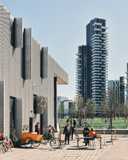Mobility: Bike repair / Milan
Cycle of life
We tour a bike repair workshop that is a cheery hub for cycling enthusiasts who aren’t afraid to get their hands a little dirty.
First, some gentle advice: don’t come to Milan’s Ciclofficina Stecca hoping to indulge in a spot of conventional consumerism. In fact, were you to bring your busted bicycle here in the hope of quickly handing over some cash and vanishing until it was fixed, the workshop’s volunteers – in the words of one – might “send you to the devil”. The gloriously evocative Italian expression essentially means that you’d be told where to stick it.
“I send anyone away who says, ‘Can you repair my bike?’,” says silver-haired Micol Dell’Orto, who is on the board of 1BC (“More Bicycle”), the association that runs the workshop. “We’re not just a repair shop; we’re something else.”


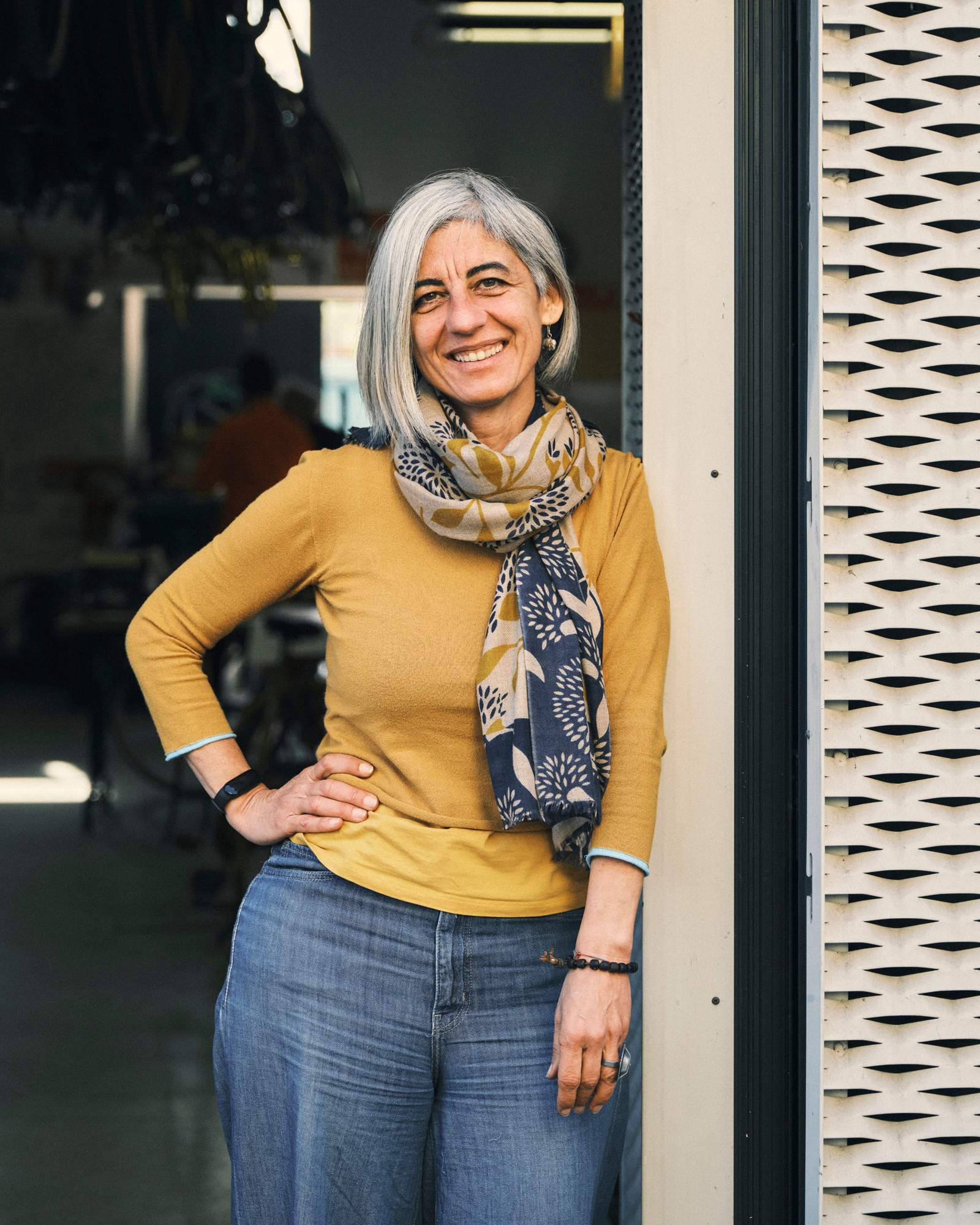
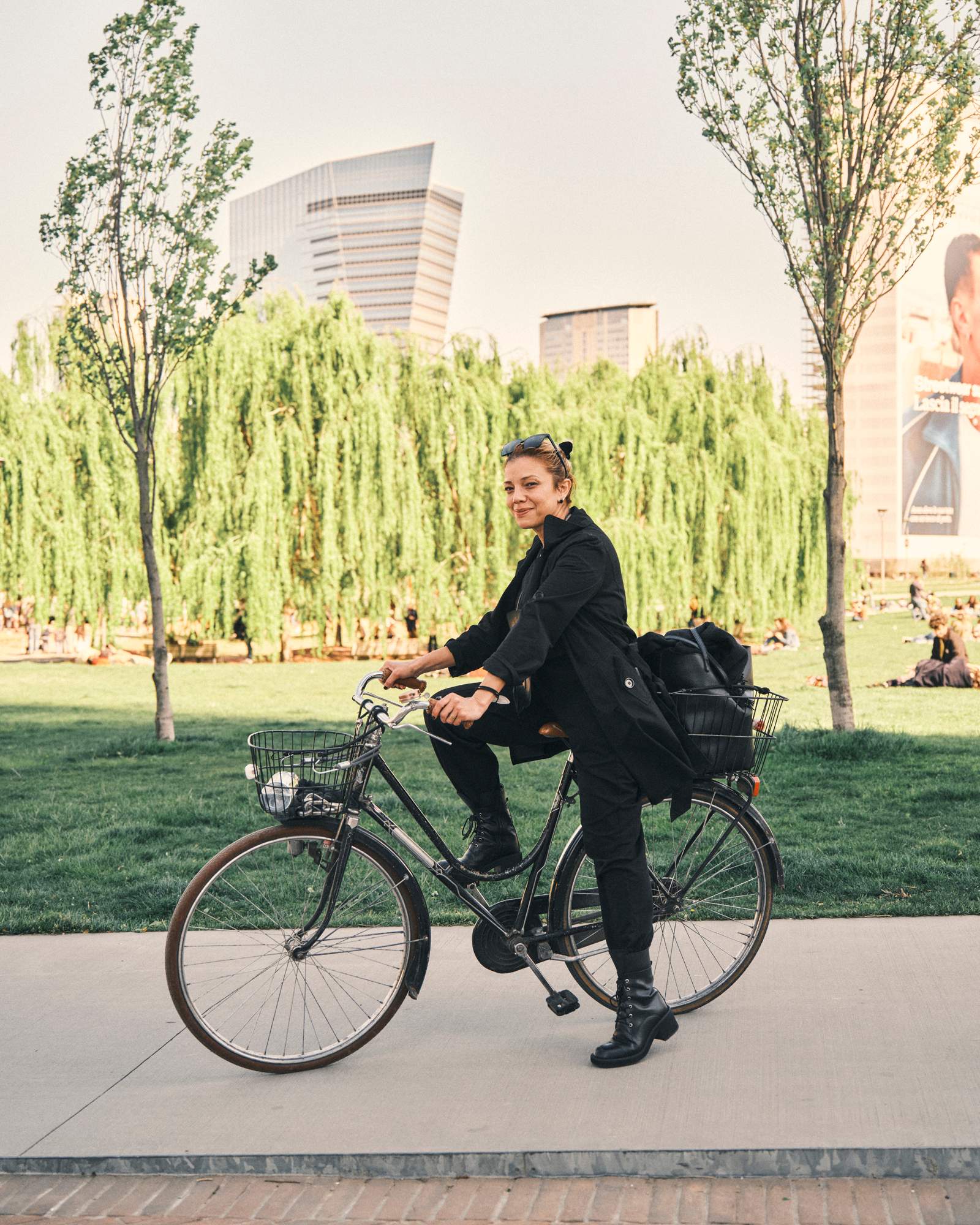
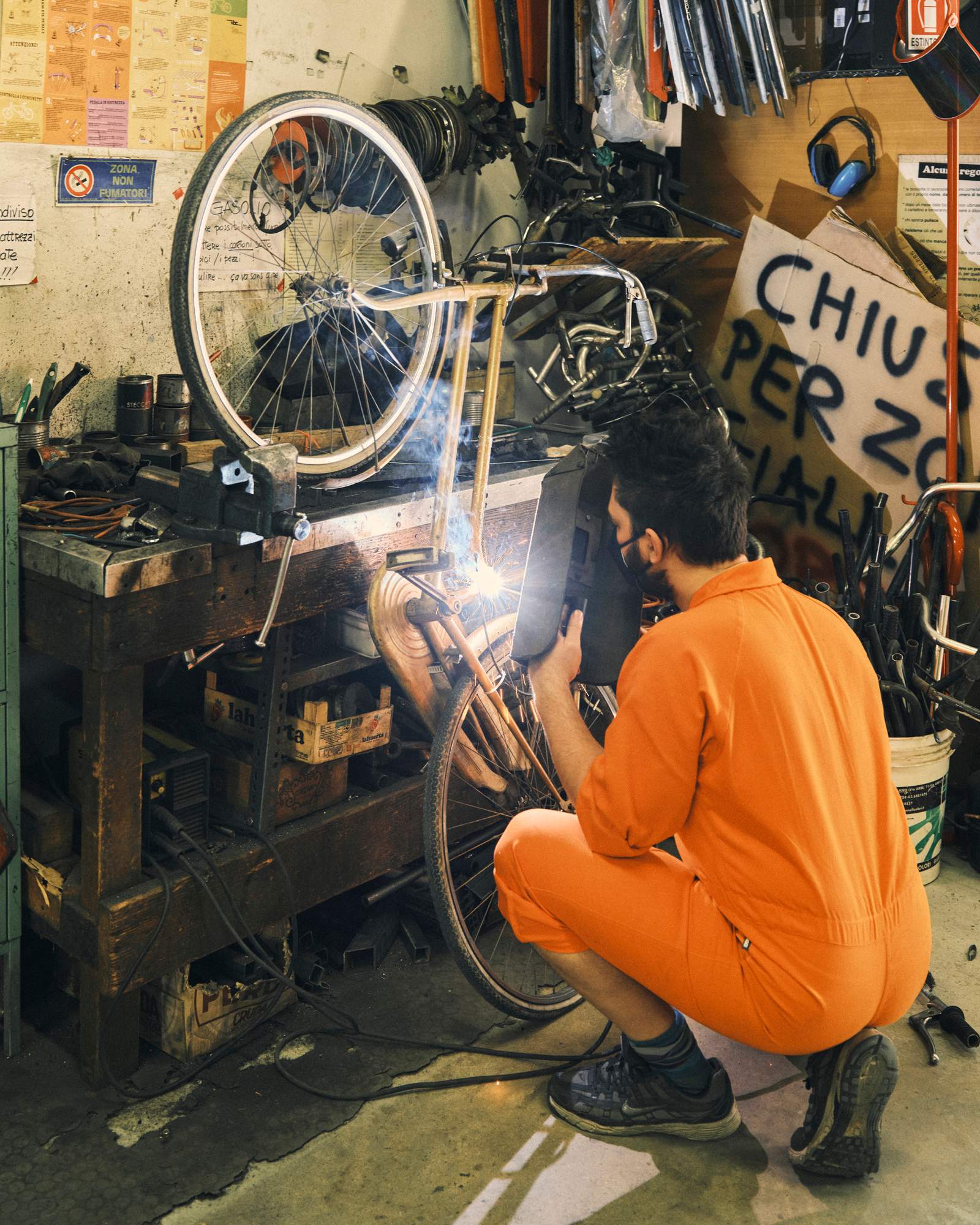
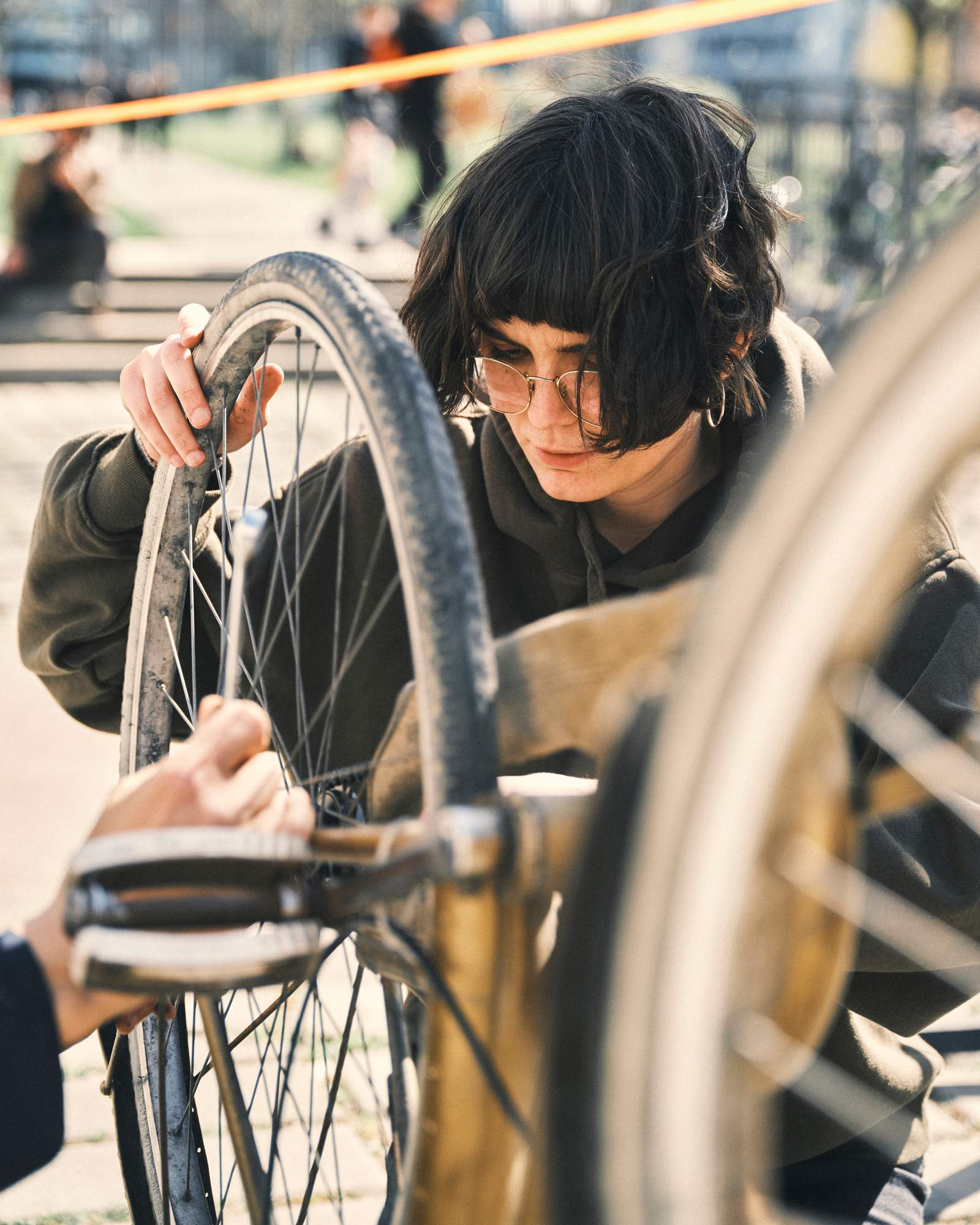
Sitting at an outdoor table in the spring sunshine, Dell’Orto goes on to explain that Ciclofficina Stecca was in fact the first of its kind in Italy – one that is truly popolare or “of the people”. It’s built around the ideals of community, collaborative learning and shared knowledge rather than paying someone to do the work for you. The mantras here, repeated throughout the day that Monocle visits, are reuse, circular economy and saving resources. In other words, you don’t need the newest, shiniest bike when you may have a perfectly good one sitting at home gathering dust that’s simply in need of a tune-up. And even if you thought your ride was ready for the scrapheap, maybe a part of it can contribute to a new bicycle. Here, bike parts are either salvaged freebies or new ones sold at cost price. But Ciclofficina Stecca at least has the bare bones of a business model. The table Dell’Orto is sitting at serves as a station for checking and issuing membership cards. Anyone who wants to come and use the association’s services needs to pay a token annual fee of €10. Although one gets the sense that bookkeeping may not be its forte, the non-profit association looks to generate funds in other ways, such as through donations from mechanics’ courses and an auction of some of the best bikes that have been given to it. Dell’Orto says that although the rent Stecca pays the city is discounted, it remains expensive. Although Ciclofficina Stecca now occupies a space in a building that has been nicknamed “The Grater” due to its latticed metal façade, the workshop actually has anti-establishment roots. The seeds of the association were planted 20 years ago when the Critical Mass bike-activism group first came to Milan, it has operated out of several occupied buildings in the past. And while Ciclofficina Stecca, like the shifting Isola neighbourhood around it, may have become more mainstream, the old timers here are still attached to the original ideals. “If you think about mobility, you’re being political,” says 66-year-old volunteer Adriano, who doesn’t want to give his last name. He has been nicknamed l’Orco (“the Ogre”) by his peers anyway due to his dishevelled look.


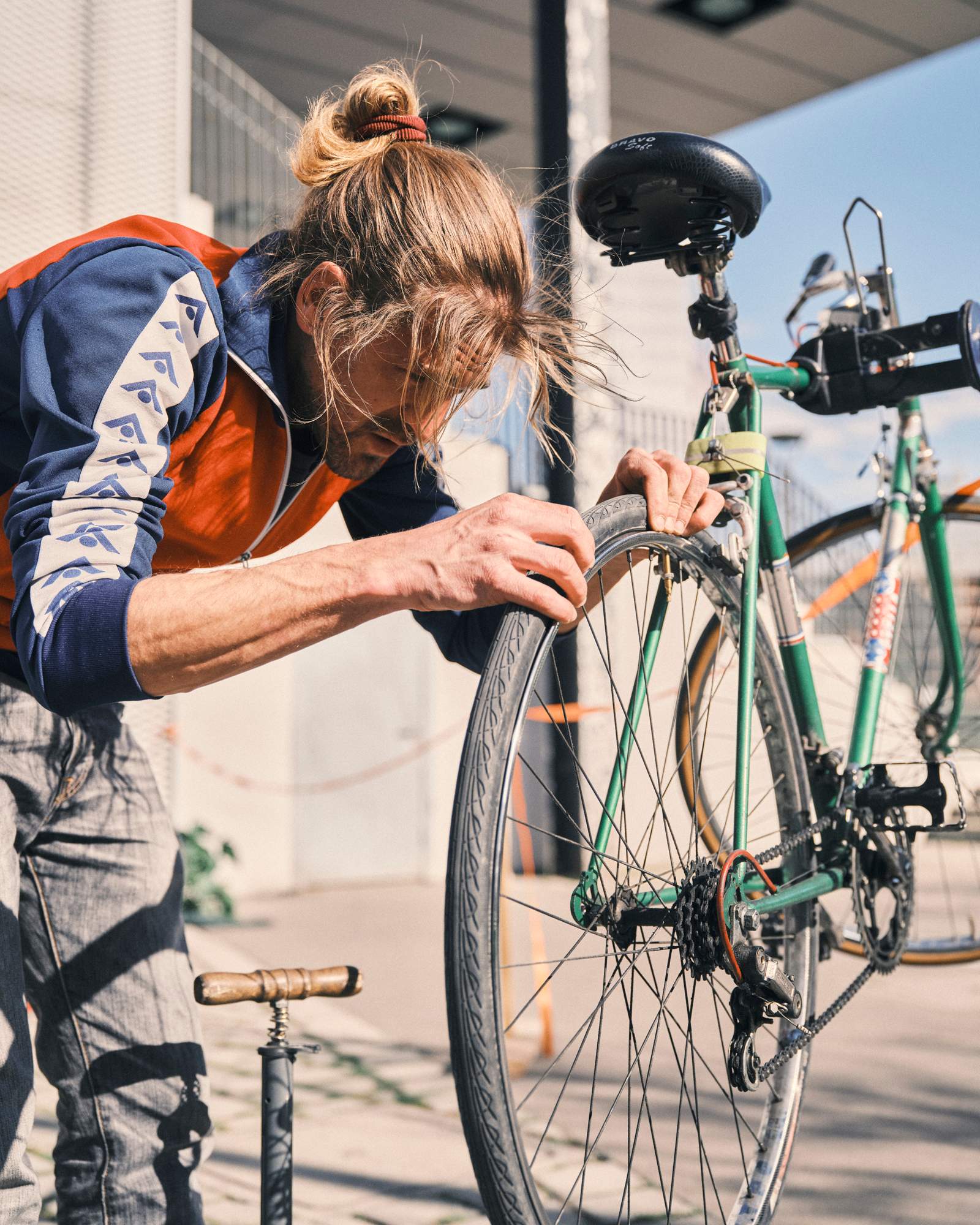
Sporting sunglasses and a moustache, 25-year-old Hungarian Nagy Hunor is eyeing up his orange Cinelli bike that he’s preparing for a race in eastern Milan the following day. During the week he works for a 3D printing company but on Saturdays he is often here, tweaking his ride and helping others. He first heard about Ciclofficina Stecca through someone he met on a riding holiday in Puglia. “It’s a cool social place,” he says. “I like the idea: we’re not fixing directly but showing people how they can do it themselves in the future.”
What makes Ciclofficina Stecca special is the cross-section of society that it attracts. Today there’s a middle- aged couple working on their vintage red Tarocco short tandem. Nearby, Loris Garda is learning how to clean his bike. And on the edge of the outdoor space, which looks out onto Milan’s Biblioteca degli Alberi park, a food-app delivery driver has ambled over for a chat. Later, a burly gentleman by the name of German will turn up to collect a bike made from one half of an old frame (the saveable part following an accident) grafted onto a new metal structure that has transformed it into a cargo bike.
As with all of Ciclofficina Stecca’s projects, the cargo bike was a collaborative effort – in this case between German and the association’s president Rocco Guarna, who has been helming operations (not that there’s much of a hierarchy) for six years. Dressed in an orange boiler suit adorned with the words “Rocco solders the world” – a reference to both his blog and his passion for joining bits of metal – he’s described by many as the best mechanic and the creative force behind Ciclofficina Stecca. In the middle of the workshop, which is dominated by tools and spare parts, is one of his contraptions: what looks like an exercise bike with its back wheel set perpendicular to the norm so that cycling it makes you go around in circles. Fittingly, it has been christened “la Vomitella”. “I always liked taking things apart, putting them back together and inventing new things,” says Guarna, grinning. “The Ciclofficina is the right place for me.”
In a city that has become infinitely more cycle-friendly in the past few years, this place may just be its unsung hero, breeding a new crop of cycling enthusiasts and two-wheel mobility campaigners.
piubici.org

